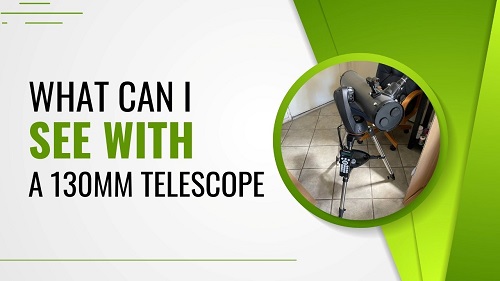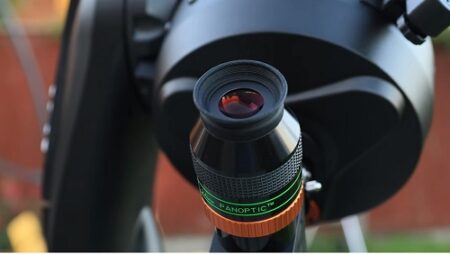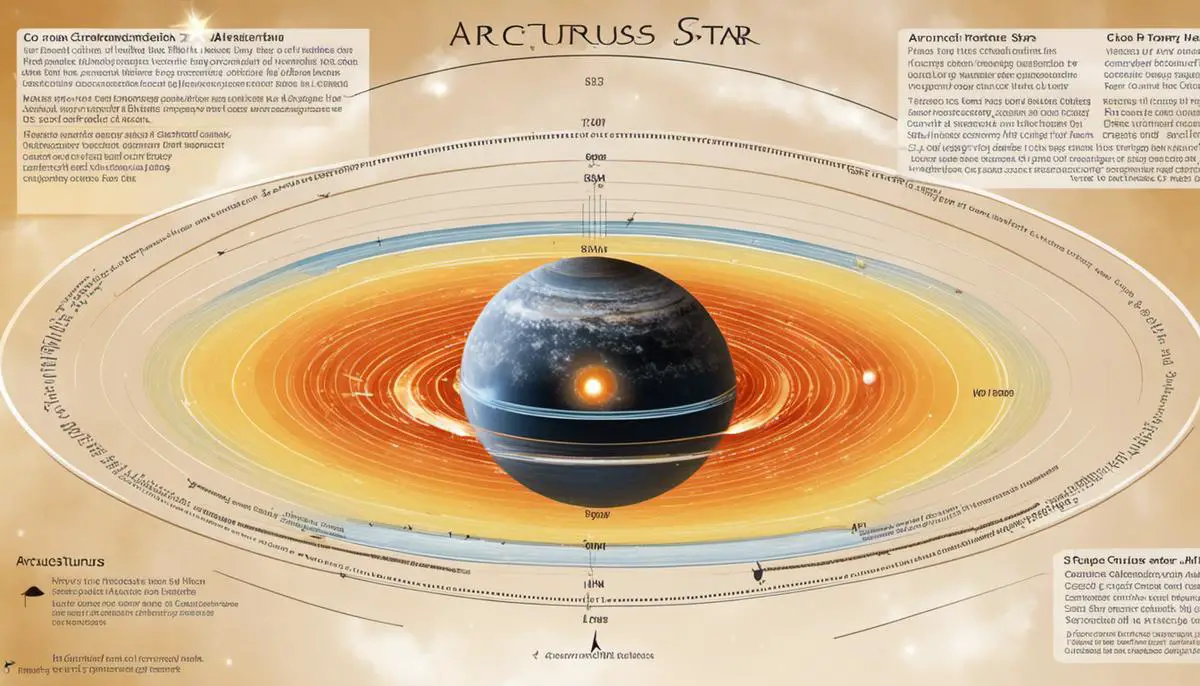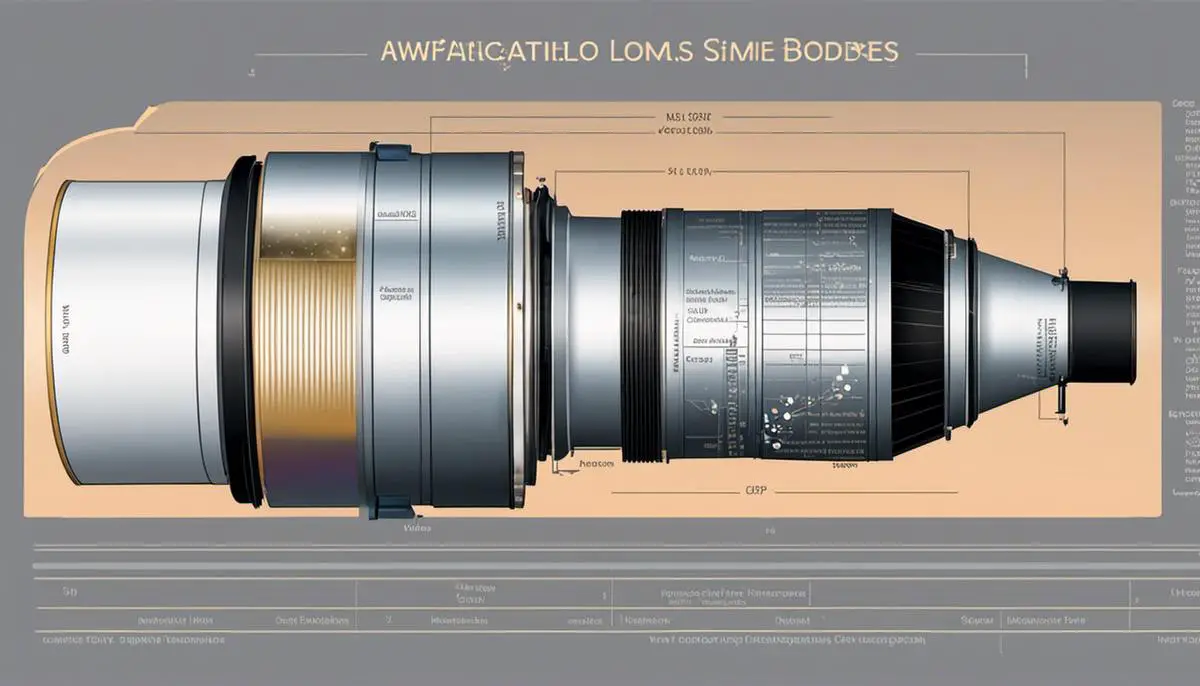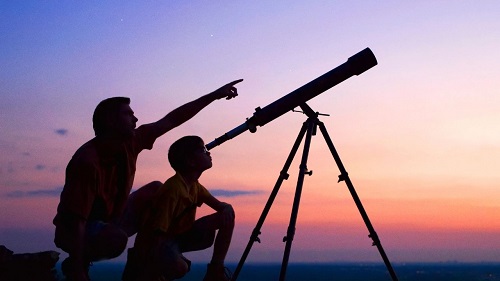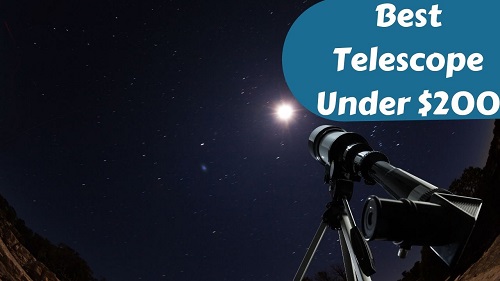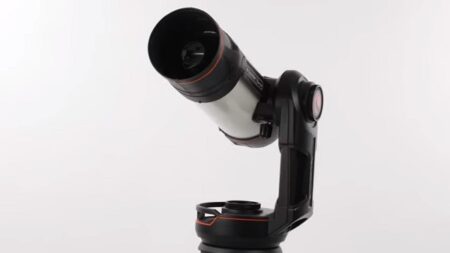A telescope is a fascinating tool that allows us to explore the wonders of the universe. With advancements in technology, telescopes have become more accessible and affordable for amateur astronomers. One such telescope is the 130mm telescope, which offers a great balance between size and portability.
In this article, we will delve into the capabilities of a 130mm telescope and explore the celestial objects that you can observe using this instrument.
What Can I See with a 130mm Telescope
| Object | Visibility | Details |
|---|---|---|
| Moon | Clear and detailed | Craters, mountains, valleys, and lunar features |
| Planets | Observable | Mars, Jupiter, Saturn, Venus, and their major features |
| Nebulae | Visible | Orion Nebula, Lagoon Nebula, and other bright examples |
| Galaxies | Some visibility | Andromeda Galaxy, Whirlpool Galaxy, and others |
| Star Clusters | Observable | Pleiades, Beehive Cluster, and other prominent ones |
| Double Stars | Observable | Albireo, Castor, and other binary star systems |
| Asteroids | Challenging | Brighter and closer asteroids may be visible |
| Comets | Occasional | Bright and near-Earth comets may be visible |
| Satellites | Possible | International Space Station and other bright ones |
One of our articles –What Can You See With a 50mm Telescope?
Understanding the 130mm Telescope
What is a 130mm Telescope?
A 130mm telescope refers to the diameter of its primary lens or mirror. This measurement determines the telescope’s light-gathering capability, with a larger aperture allowing for more light to enter the instrument. The 130mm telescope offers a good balance between size and portability, making it a popular choice among amateur astronomers.
Key Features of a 130mm Telescope
- Aperture: 130mm (5.1 inches)
- Focal Length: Varies depending on the model
- Mount Type: Equatorial or Altazimuth
- Optical Design: Reflector or Refractor
- Accessories: Eyepieces, Finderscope, Tripod
Observing the Moon
The Moon, Earth’s natural satellite, is a fascinating celestial object that can be observed in great detail with a 130mm telescope.
Lunar Craters and Mountains
Using a 130mm telescope, you can observe the intricate details of lunar craters and the rugged terrain of mountains. The high contrast provided by the telescope allows you to appreciate the beauty of these features.
Mare and Rilles
The telescope’s magnification power enables you to observe the dark, flat areas on the Moon’s surface called “mares.” Additionally, you can observe rilles, which are long, narrow depressions on the lunar surface.
Lunar Terminator and Shadows
The line separating the illuminated and dark portions of the Moon is known as the lunar terminator. This region offers excellent opportunities to observe the interplay of light and shadows, highlighting the Moon’s topography.
One of our articles –What Can You See With a 70mm Telescope?
Exploring the Planets
With a 130mm telescope, you can also observe various planets within our solar system.
Jupiter and Its Moons
Jupiter, the largest planet, is a captivating sight through a 130mm telescope. You can observe its prominent cloud bands and spot its four largest moons, known as the Galilean moons.
Saturn’s Rings
Saturn, famous for its beautiful rings, can be observed in stunning detail with a 130mm telescope. You can witness the separation of the ring system and even catch a glimpse of the Cassini Division.
Mars and Its Polar Ice Caps
Mars, often referred to as the “Red Planet,” reveals fascinating features through a 130mm telescope. You can observe its polar ice caps, major surface features, and even dust storms when they occur.
Venus and Its Phases
Venus, the brightest planet, exhibits phases similar to the Moon. With a 130mm telescope, you can observe these phases and witness the planet’s changing appearance over time.
Discovering Deep-Sky Objects
A 130mm telescope is also capable of revealing mesmerizing deep-sky objects beyond our solar system.
Nebulae and Star Clusters
Various nebulae, such as the Orion Nebula and the Lagoon Nebula, can be observed with a 130mm telescope. These cosmic clouds of gas and dust come to life, displaying intricate details and vibrant colors. Additionally, you can explore open and globular star clusters, each with its own unique characteristics.
Galaxies
While distant galaxies might appear as faint smudges, a 130mm telescope allows you to observe notable galaxies such as the Andromeda Galaxy and the Whirlpool Galaxy. Marvel at the vastness of the universe as you gaze upon these celestial islands composed of billions of stars.
Binary Stars
Binary star systems, consisting of two stars orbiting around a common center of mass, are another fascinating subject for observation. With a 130mm telescope, you can distinguish the individual stars within these systems and appreciate their unique dynamics.
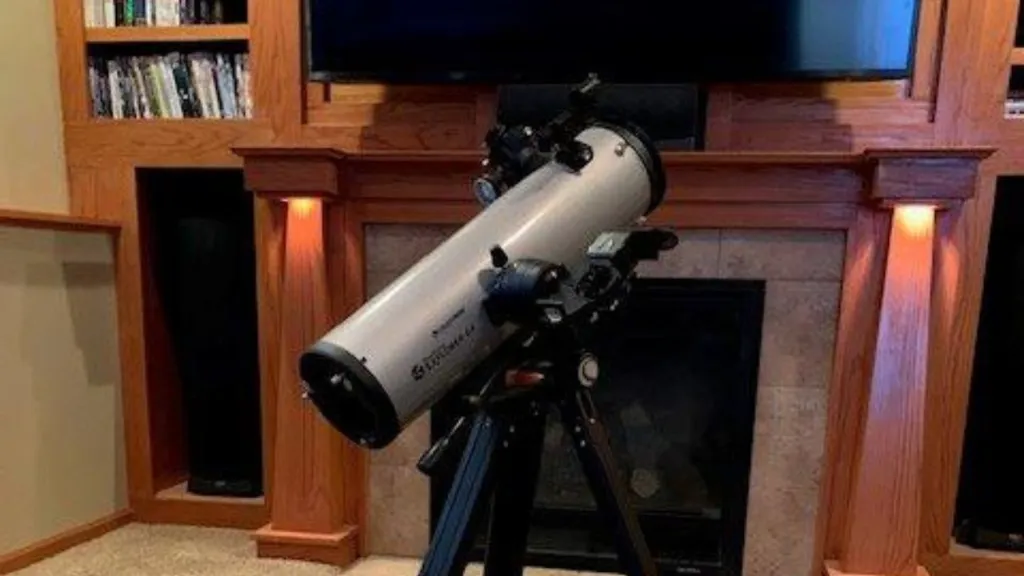
Enhancing Your Observations
To further enhance your observations with a 130mm telescope, consider the following tips:
Filters for Different Objects
Using filters can help enhance the visibility of specific features or improve contrast when observing planets, the Moon, or certain nebulae.
Using Eyepieces for Magnification
By using different eyepieces with varying focal lengths, you can adjust the magnification of your telescope, allowing for detailed observations of objects at different distances.
Photography with a 130mm Telescope
If you wish to capture the breathtaking views you observe, consider exploring astrophotography with your 130mm telescope. With the right equipment and techniques, you can immortalize the beauty of the cosmos through stunning photographs.
One of our articles –What Can You See With a 90mm Telescope?
Related Questions
Can I see distant galaxies with a 130mm telescope?
Yes, a 130mm telescope is capable of observing certain distant galaxies, although they may appear as faint smudges rather than detailed structures.
What accessories should I consider purchasing for my 130mm telescope?
Some essential accessories include additional eyepieces, a finderscope for easier navigation, and filters to enhance specific observations.
How far can I see into space with a 130mm telescope?
The visibility of objects in space is not limited by the telescope’s size but rather by factors such as light pollution and atmospheric conditions. However, a 130mm telescope can reveal a wide range of celestial objects within our reach.
Is it possible to view planets outside our solar system?
Currently, we do not have telescopes capable of directly observing planets outside our solar system. However, astronomers use other techniques, such as the transit method, to detect and study exoplanets.
Can a 130mm telescope be used for astrophotography?
Yes, a 130mm telescope can be used for astrophotography. By attaching a camera and using the appropriate techniques, you can capture stunning images of celestial objects.
Conclusion
A 130mm telescope offers a fantastic gateway to the wonders of the universe. With its optimal size and capabilities, it allows you to observe various celestial objects, from the Moon and planets to deep-sky wonders like nebulae, galaxies, and binary stars.
Through this journey, you’ll gain a deeper understanding of our place in the cosmos and marvel at the vastness and beauty of space.

I’m Ali. BestTelescopeReview.com is my little place on the web to express what I’ve learned first-hand, specially about the telescope part. I am writing these articles to share my love for astronomy with you.

